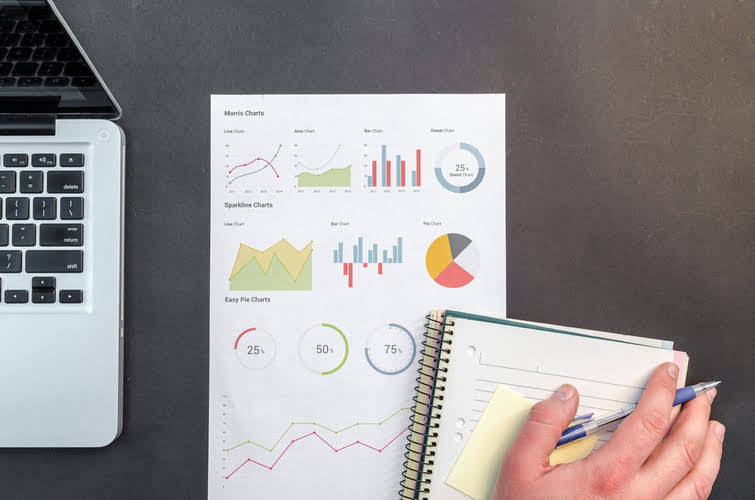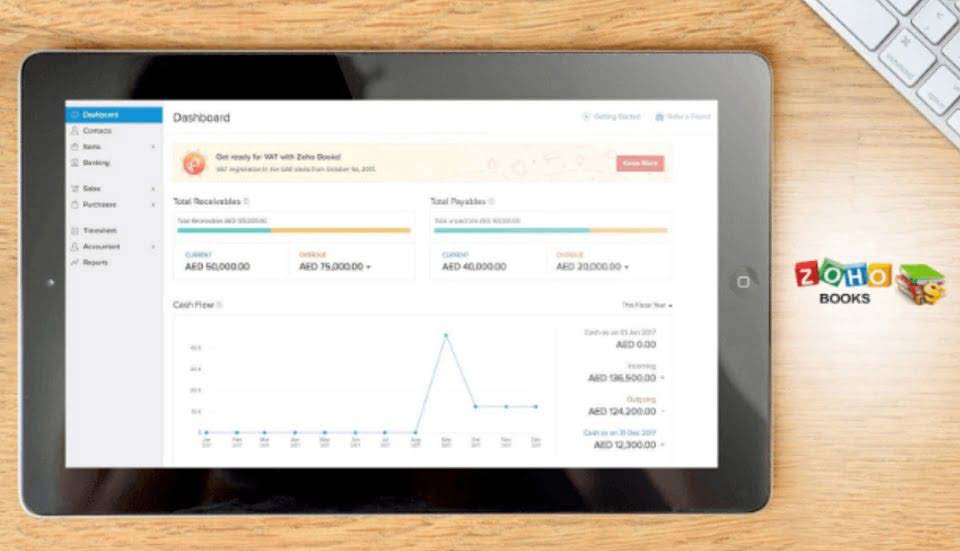Content

Liability accounts appear in a firm’s general ledger, and are aggregated into the liability line items on its balance sheet. Generally speaking, accounts payable are the result of your company purchasing goods and services from a vendor on credit rather than cash. Purchasers record accounts payable on their balance sheets as current liabilities, which represent financial claims against the company’s assets. These are short-term debts, with a clear due date that’s usually 90 days or less, but can be as long as a year.
The penalties of understating the company’s obligations or revenue would be less severe. The least likely mistake is an underestimation of liabilities or revenue. To put it another way, if the earnings of a company are inflated, the value of that company is overstated.
Liability (financial accounting)
Current liabilities are debts that you have to pay back within the next 12 months. The important thing here is that if your numbers https://www.bookstime.com/ are all up to date, all of your liabilities should be listed neatly under your balance sheet’s “liabilities” section.

Revenue and expense accounts tend to follow the standard of first listing the items most closely related to the operations of the business. For example, sales would be listed before non-operating income. In some cases, part or all of the expense accounts simply are listed in alphabetical order. If you’re a very small business, chances are that the only liability that appears on your balance sheet is your accounts payable balance. That’s why accounts payable is considered a current liability, while your mortgage would be considered a long-term liability.
Liability Accounts Example
These are liabilities that are event dependent and are not always sure to occur. It also is often not determined the exact time of the financial obligation. Ideally, non-current liabilities don’t have a high-risk impact on the growth of your business if managed efficiently.
- Because it indicates the amount of rent expense that has not been paid as of the time of reporting, rent payable is also known as accrued rents.
- Bonds again are long term nature with due dates of more than a year.
- SwipeSimple Card Reader Mobile card readers that make fast, secure transactions a reality even when your business is on the go.
- We saved more than $1 million on our spend in the first year and just recently identified an opportunity to save about $10,000 every month on recurring expenses with PLANERGY.
- While both reflect money owed to an outside source, current liabilities represent money owed that is due within the next 12 months.
While assets are things your company owns, liabilities are things your company owes. The income statement is used to report your company’s financial performance for a given period of time, typically over the span of one quarter. It shows your company’s profit and loss and calculates your net income. Your expenses, along with revenue, gains and losses, determine your net income for that period.
What is a liability account?
Companies experiencing cash flow problems can make use of liabilities to improve liquidity. Notes payable are written promissory notes, whereby a lender lends a specific amount to a borrower. The borrower promises to pay the amount with interest over a specific pre-determined time. Non-Current liabilities have a validity period of more than a year. These are liabilities are the ones that are due after one year. These terms cover how you will pay, and the number of days you have to pay it. Online, open source and free accounting software for small businesses.

Would make earnings appear larger than they are, leading to an overestimation of the company’s value. If Koss’ revenues were discounted, its value would be exaggerated. It’s easy to exaggerate Accounts Payable and Income Taxes Payable.
Liability account definition
Due to the fact that liabilities would be minimised and assets exaggerated, Koss’s financial position would be misrepresented. This would artificially increase Koss’ stock price by giving it a falsely positive net worth. An organization’s Accounts Payable and Income Taxes Payable obligations could be easily overstated. This is because the company’s balance sheet does not normally include these liabilities. Rather, they are included in the company’s financial statements as a note. Liability accounts are a category within the general ledger that shows the debt, obligations, and other liabilities a company has. It is important for businesses to understand and monitor their liabilities as they can impact cash flow and financing options.
A capital lease refers to the leasing of equipment rather than purchasing the equipment for cash. Depending on the outcome of the cases, damages and other penalties may be imposed on Koss Corporation. If this happens, the company’s reputation would be damaged and its stock price will be affected. Because the corporation is obligated to pay this wage, it is a liability. High debt can lead to a lower credit rating of companies which in turn can deter investment. Let’s say your company, Company A, has purchased $1,000 worth of office supplies from Company B on credit.
Type 4: Deferred tax liabilities
Unearned revenue is money that has been received by a customer in advance of goods and services delivered. A corporation would have to disclose less income than it actually generated in order to understate revenues. Because firms are required by law to disclose all of their earnings to the Securities and Exchange Commission, liability accounts this would be impossible to accomplish. The worth of Koss would be overestimated if its revenues were undervalued. Companies must declare all of their revenue to the Securities and Exchange Commission, making it impossible to overstate revenues. A trade payable account is used to keep track of money owing to suppliers.

The lower your company’s DPO value, the more swiftly and efficiently it is meeting its outstanding short-term obligations. Accounts payable can be recorded as either a debit or a credit on your balance sheet, depending on how you buy and when you pay. These payables have a specific repayment period attached , but are still considered current liabilities.
You can learn more about the standards we follow in producing accurate, unbiased content in oureditorial policy. A liability is something that is borrowed from, owed to, or obligated to someone else.
Which liabilities are not debt?
Liability includes all kinds of short-term and long term obligations. read more, as mentioned above, like accrued wages, income tax, etc. However, debt does not include all short term and long term obligations like wages and income tax.
